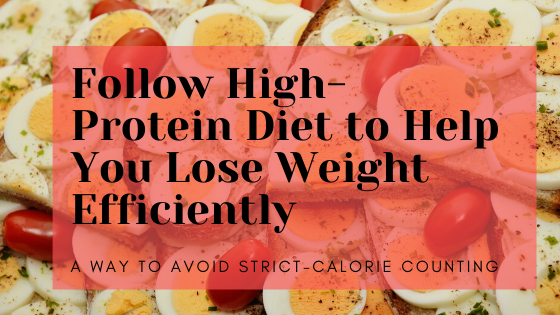Weight loss is achieved by negative energy balance, in which the energy expenditure is more than the energy intake.
Not only for weight loss, weight maintenance is also important to prevent weight gain back after successful weight loss.

Proteins are suggested as very helpful to enhance the fat-burn efficiency due to several reasons.
First, we should understand why protein is crucial for our body function.
FUNCTIONS OF PROTEIN IN HUMAN BODY
- Antibody: Antibodies bind to specific foreign particles, such as viruses and bacteria, to help protect the body
- Enzyme: Enzymes carry out almost all of the thousands of chemical reactions that take place in cells.
- Hormone: Hormones help in transmit signals to coordinate biological processes between different cells, tissues, and organs.
- Structural component: these proteins provide structure and support for cells.
- Transportation and storage: some proteins help deliver important molecules where they are needed. For example, the protein haemoglobin carries oxygen to your body’s cells.
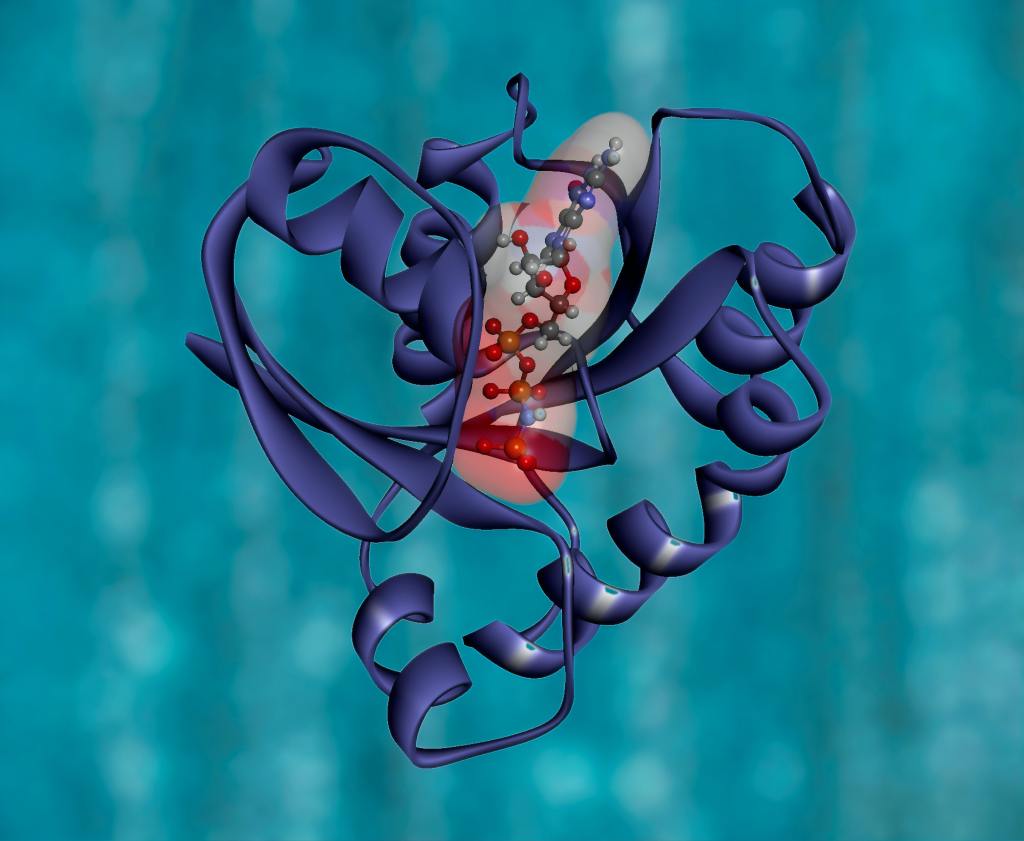
Proteins are the polymers that made up from the small unit of amino acids. There are altogether 20 types of amino acids, and they can be grouped into essential and non-essential amino acids.
Non-essential amino acids can be produced by our bodies while essential amino acids need to obtain from daily diet. Nine of the amino acids are essential.
Dietary protein intake from different sources, plants and animals, with their amino acid profile are varied. Protein sources with high protein quality can help us to obtain all essential amino acids to build up our body function.
Protein is suggested closely related to weight loss and there is high-protein diet suggested as a trend to lose weight.
PROTEINS AND WEIGHT LOSS
1. Proteins promote satiety
Protein, as one of the macronutrients you should take in everyday, is the most satiating while the fat is the least satiating.
In daily life, mixed proteins are consumed from meat, fish, dairy products, or plants.

A meal with increased protein content can reduce the time of feeling hunger before next meal. A high-protein meal provides more satiating than a normal-protein meal, while a high-protein drink provides more satiating than a normal drink.
A research studied on the people who take in chocolate milk and cola and examined their feelings of fullness and satiety after half an hour (Harper et al., 2007). Both drinks contained same calorie amount. The people who take in chocolate milk showed significant satiety as compared with cola.
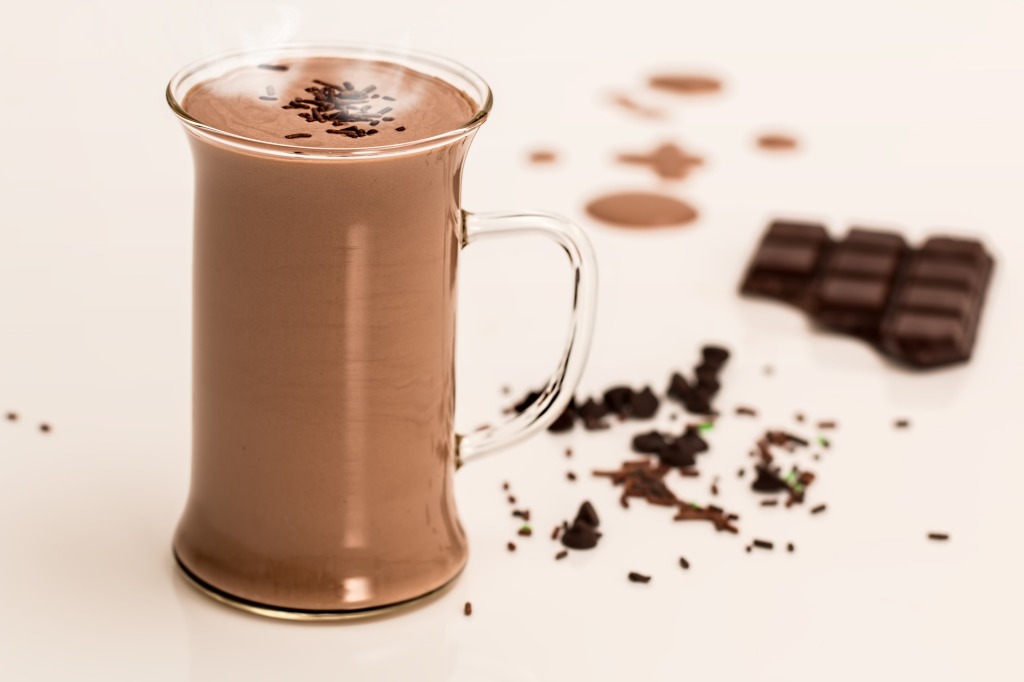
People who take in high-protein drink before the meals, their food intake was suppressed with less calories take in than usual.
Higher satiety induced by the elevated hormone concentration such as PYY, cholecystokinin (CCK) and GLP-1 by protein. Whey protein and pea protein hydrolysate also showed a reduced in ghrelin concentrations, known as the “hunger hormone” (Diepvens et al., 2008).
2. Energy expenditure
Protein intake increases energy expenditure. Proteins to be used in multiple biological mechanisms in the ways including, metabolism, storage, and oxidation, including urea synthesis.
Protein can increase the oxygen consumption and body temperature, leading to a feeling of being deprived of oxygen and thus promoting satiety as well (Veldhorst et al., 2008).

Energy expenditure by proteins can be different due to the different protein sources. Animal proteins showed a 2 % higher of 24-h energy expenditure than plant protein. The amount of dietary proteins used in body protein synthesis is depending on their amino acid profiles whether the amino acids are required for body protein synthesis.
A study has reported that protein intake increases the sleeping metabolic rate. People who take in pork meat or soy protein produced a higher 24-hour energy expenditure than people who take in carbohydrate. And, the people with high-protein intake showed a lower energy intake because of high-satiating effect (Lejeune et al., 2006).

The rationale of higher energy expenditure of protein as compared with fats and carbohydrates is that the body has no storage capacity to cope with high intakes of protein and therefore has to spend it in metabolism.
Whole-body protein synthesis is affected not only by protein intake but by exercise as well, especially in the period after exercise. Increase the body protein requirement or so-called protein turnover can increase the resting metabolic rate for more energy expenditure (Koopman et al., 2007).
3. Protein and amino acid metabolism
Increase protein intake concurrently reduces the calorie intake by increasing fullness and satiety. Commonly, our body metabolic rate will slow down when the calorie intake was reduced, and also resulting in muscle loss.
However, a high-protein diet can help to avoid protein loss and boost up the metabolic rate (Skov et al., 1999).
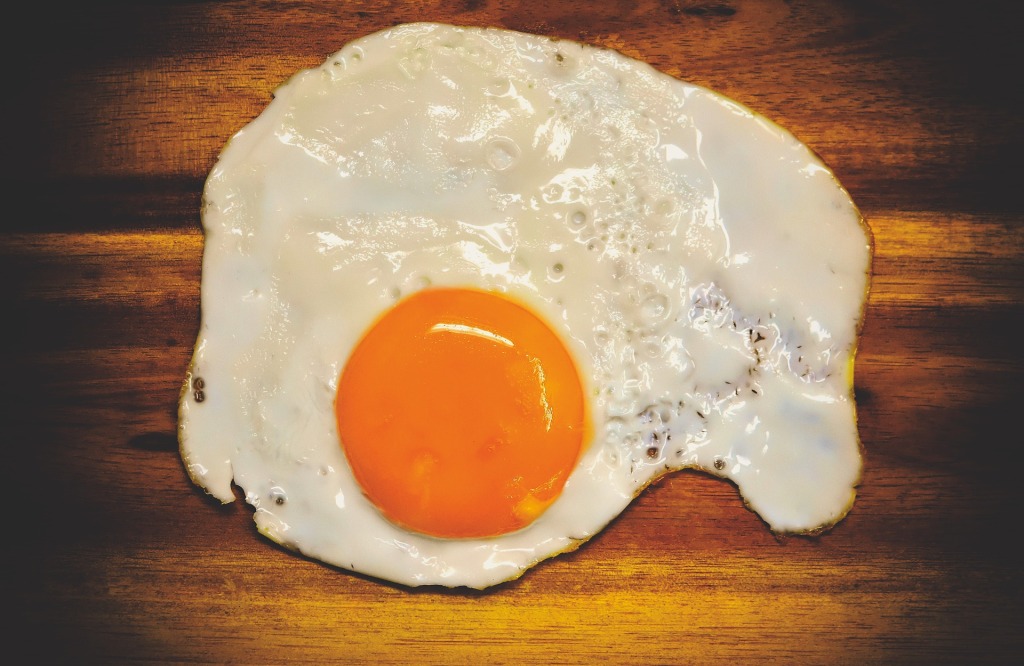
Therefore, a high protein intake is suggested during weight-loss diet to increase the efficiency of losing weight while prevent muscle loss due to lack of energy.
Furthermore, protein turnover and metabolism are strongly influenced by protein quality because protein synthesis required adequate amount of essential amino acids. Amino acids undergo oxidation for protein synthesis.
The metabolic efficacy of amino acid oxidation is relatively low as compared with carbohydrates and fats. More energy is needed to oxidize amino acids in order to generate same amount of ATP.
This relative metabolic inefficiency may contribute to the higher energy expenditure from a high-protein diet.
4. Body weight and body composition
Protein greatly improves the body weight and fat loss.
Studies suggested that people with sustained protein diets showed a higher weight loss and fat loss compared to no weight loss in subjects on the high-carbohydrate diet.
The low glycemic index, low fat and high protein diet resulted in a spontaneous energy intake decrease of 25 % in the ad libitum situation in comparison with a high-carbohydrate, low-fat diet. The people with sustained protein diets also showed a greater reduction in intra-abdominal adipose tissue after a period of time (Due et al., 2004; Dumesnil et al., 2001).

Studies suggested that people with sustained protein diets showed a higher weight loss and fat loss compared to no weight loss in subjects on the high-carbohydrate diet.
The low glycemic index, low fat and high protein diet resulted in a spontaneous energy intake decrease of 25 % in the ad libitum situation in comparison with a high-carbohydrate, low-fat diet. The people with sustained protein diets also showed a greater reduction in intra-abdominal adipose tissue after a period of time (Due et al., 2004; Dumesnil et al., 2001).
The amount of daily protein you should take in
Daily protein intake is essential for the maintenance of protein synthesis to replace the protein loss. Protein requirement is on average about one-fifth to one-tenth of the daily protein turnover of 300 gram/day in a healthy adult.
The protein requirement can be varied depending on age, with children having about a threefold-higher level than elder, and protein intake with respect to type and quantity. A low protein turnover might diminish the capacity to respond successfully to stress due to illness, especially when maintained for long.
Most research focuses on the adequate amount of protein that is necessary to maintain good health, providing for healthy adults an estimated average requirement and recommended dietary allowance of, respectively, 0.65 and 0.83 g good-quality protein per kg body mass per day.
HOW TO START A HIGH-PROTEIN DIET
High-protein diet is not like other diets need to count calories strictly. You can list out the high-protein foods before the diet starts. The diet can be adjusted based on your preferences.
For dairy products, even though they provides high proteins, but people with lactose intolerance should avoid and can find out the food substitutes for dairy products.
Here is some guides you can follow to make your diet plan success:
- First, start with a plan. You should list out and understand the low-carbohydrate and high-protein foods if you target for weight loss. Download an app in your phone or desktop to record your food intake for further examination.
- Second, calculate your protein needs. your daily recommended protein intake is 1.2-1.6 gram per kilogram of body weight. Take the figure and also the protein content of the protein sources that you may take and put them in your diet plan.
- Third, start your meals with proteins. From a combination set of carbohydrates, proteins, and fats, you should start with foods with high proteins. They provides you with satiety and reduces your appetite to eat too much.
- Fourth, include multiple types of protein sources in your meals. You should avoid to take in too much eggs or other single protein sources in your meals. There are plant proteins and animal proteins to be chosen as for you to get all the essential amino acids for you body functions.
- Fifth, avoid single type of nutrients in your meal. High-protein diets are not meaning full-protein diets. You still need to take in carbohydrates, fats and other nutrients to allow your normal body functions. A balanced diet can help you to lose weight more efficiently.
IS ANY RISK FOR HIGH-PROTEIN DIET?
Even though people are recommended to take in high-protein diets in their daily lives to promote health and weight loss.
Diets with absolutely high in protein may result in renal damage via excretion of nitrogenous waste products generated from protein metabolism, thereby increasing glomerular pressure and hyperfiltration.
However, studies on long-term consumption of a high-protein diet intakes under 2.8 g/kg body weight were shown to have no negative effects on renal function in athletes (Skov et al., 2002).
Except for people with renal impairment. Normal people with increasing protein intake showed alterations in renal size and function without adverse effects as a normal adaptive mechanism.
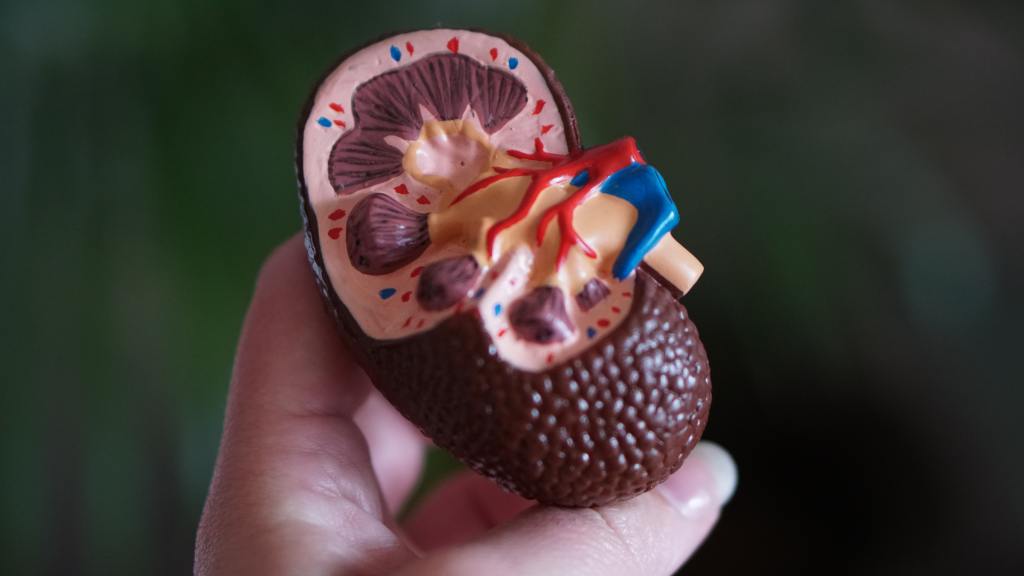
People with subclinical renal injury, including elder, people with low renal functional mass such as renal transplant recipients, and people with obesity-related conditions, such as metabolic syndrome and type 2 diabetes, are more susceptible than others to have blood pressure raising effects.
On the other hand, people who already have moderate to advanced kidney disease typically need to reduce their protein intake in order to preserve remaining kidney function.
High-protein diets may also promote kidney stones in susceptible people. One study found this was mainly true for high amounts of animal protein, rather than vegetable protein.
Therefore, people with those relevant diseases should get advice from their doctors first before carrying out high-protein diets.
Citation
Diepvens, K., Häberer, D., & Westerterp-Plantenga, M. (2008). Different proteins and biopeptides differently affect satiety and anorexigenic/orexigenic hormones in healthy humans. International journal of obesity, 32(3), 510-518.
Due, A., Toubro, S., Skov, A. R., & Astrup, A. (2004). Effect of normal-fat diets, either medium or high in protein, on body weight in overweight subjects: a randomised 1-year trial. International journal of obesity, 28(10), 1283-1290.
Dumesnil, J. G., Turgeon, J., Tremblay, A., Poirier, P., Gilbert, M., Gagnon, L., … & Bergeron, J. (2001). Effect of a low-glycaemic index–low-fat–high protein diet on the atherogenic metabolic risk profile of abdominally obese men. British Journal of Nutrition, 86(5), 557-568.
Harper, A., James, A., Flint, A., & Astrup, A. (2007). Increased satiety after intake of a chocolate milk drink compared with a carbonated beverage, but no difference in subsequent ad libitum lunch intake. British Journal of Nutrition, 97(3), 579-583.
Johnstone, A. M., Horgan, G. W., Murison, S. D., Bremner, D. M., & Lobley, G. E. (2008). Effects of a high-protein ketogenic diet on hunger, appetite, and weight loss in obese men feeding ad libitum. The American journal of clinical nutrition, 87(1), 44-55.
Koopman, R., Saris, W. H., Wagenmakers, A. J., & van Loon, L. J. (2007). Nutritional interventions to promote post-exercise muscle protein synthesis. Sports medicine, 37(10), 895-906.
Lejeune, M. P., Westerterp, K. R., Adam, T. C., Luscombe-Marsh, N. D., & Westerterp-Plantenga, M. S. (2006). Ghrelin and glucagon-like peptide 1 concentrations, 24-h satiety, and energy and substrate metabolism during a high-protein diet and measured in a respiration chamber. The American journal of clinical nutrition, 83(1), 89-94.
Skov, A. R., Haulrik, N., Toubro, S., Mølgaard, C., & Astrup, A. (2002). Effect of protein intake on bone mineralization during weight loss: a 6‐month trial. Obesity research, 10(6), 432-438.
Skov, A. R., Toubro, S., Rønn, B., Holm, L., & Astrup, A. (1999). Randomized trial on protein vs carbohydrate in ad libitum fat reduced diet for the treatment of obesity. International journal of obesity, 23(5), 528-536.
Veldhorst, M., Smeets, A. J. P. G., Soenen, S., Hochstenbach-Waelen, A., Hursel, R., Diepvens, K., … & Westerterp-Plantenga, M. (2008). Protein-induced satiety: effects and mechanisms of different proteins. Physiology & behavior, 94(2), 300-307.

